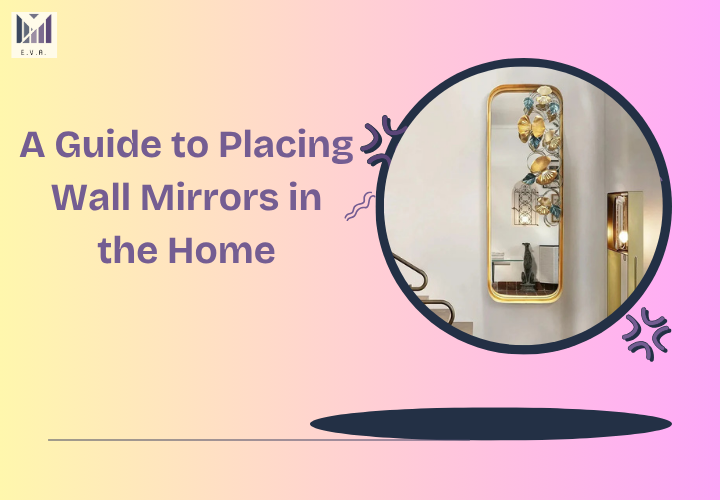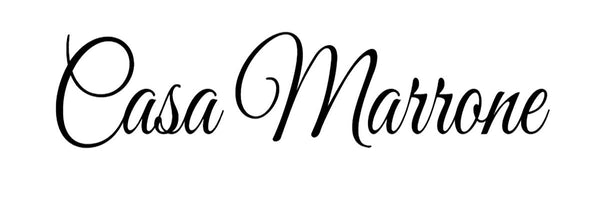A Guide to Placing Wall Mirrors in the Home

Choosing the right decorative items for your home can uplift the aesthetics of your home interior. When it comes to decorative items, wall mirrors are something that needs installation at the right place to do their magic.
When placed right, wall mirrors make your home feel brighter, more open, and even a little stylish. So how do you decide which wall mirror is going to complement your home’s interior?
Here is a guide on how to use wall mirrors in various spaces and what considerations should be made when positioning them.

How to Use Wall Mirrors to Transform Your Home Interior
Start with the Right Rooms
You don’t need mirrors in every single room, but here are some where they really make a difference:
-
Bathroom: This one’s obvious. You need a clear mirror over the sink, preferably well-lit and big enough to see your face properly.
-
Bedroom: Ideal for dressing, makeup, or just adding a cozy touch above a dresser.
-
Living room: A mirror here can make the room feel much more open and airy.
-
Hallway: Especially in narrow hallways, a well-placed mirror adds space and light.
- Dining area: Mirrors here reflect light and help create a warm, welcoming vibe.
Mirror Placement Tips for Each Space
Bathroom: When installing a mirror in the bathroom, make sure you place the mirror at eye level, above the sink. If your faucet is tall, leave a little space between it and the bottom of the mirror. Make sure it’s well-lit with lights that don’t cast shadows on your face.
Bedroom: Do not place a wall mirror directly across from your bed. Many people find it unsettling. A better spot might be above a dresser or beside a window to catch some soft natural light.
Living Room: Choose a wall that reflects something worth looking at. You can consider artwork, plants, or a nice view. Avoid placing it where it reflects clutter or the TV. A large mirror behind the sofa or above a console works great in small spaces.
Dining Room: Place the mirror where it reflects the table and any lighting fixtures. It makes the room feel more balanced and visually interesting.
Hallways: Use mirrors to stretch out a narrow hallway or brighten a dark one. A tall mirror at the end of the hall works well, or a series of small mirrors can add a decorative touch.
General Mirror Placement Tips
-
Think about what the mirror reflects. Avoid placing it across from messy areas.
-
Use natural light to your advantage. Placing a mirror near or opposite a window brings more light into the space.
-
Mind the height. In most cases, mirrors look best when hung at about eye level.
-
Groupings work well. A mix of shapes and sizes adds personality to your walls.
A Quick Guide on Shape and Size

Round mirrors soften a room and work well in bedrooms or hallways. Rectangular mirrors feel classic and fit best in living rooms, dining spaces, or entryways. Full-length mirrors are helpful in bedrooms or near entryways, especially if you’re someone who likes to check your outfit before leaving the house.
Final thoughts
A well-placed wall mirror doesn’t just look good but it changes how you feel in a space. Whether you're going for cozy, open, or just a little more functional, mirrors help you get there. So take your time, move things around if needed, and choose mirrors that reflect both your style and your space.
